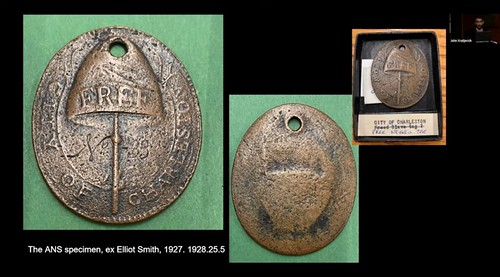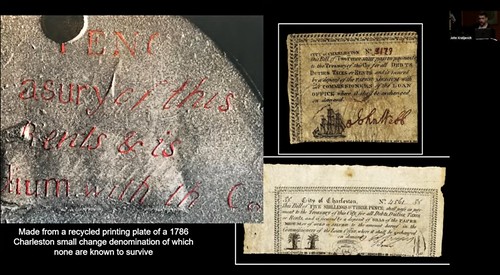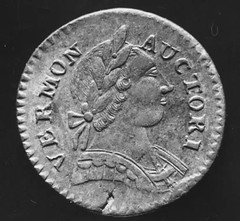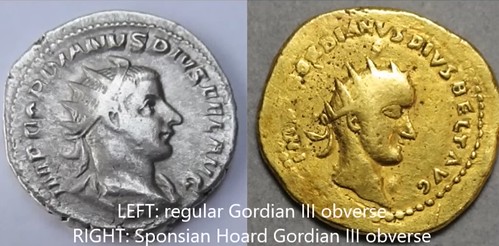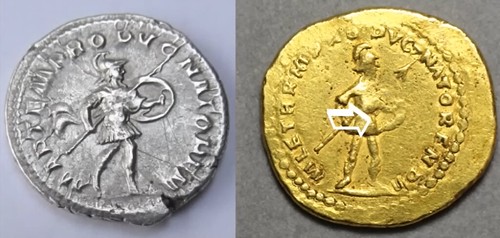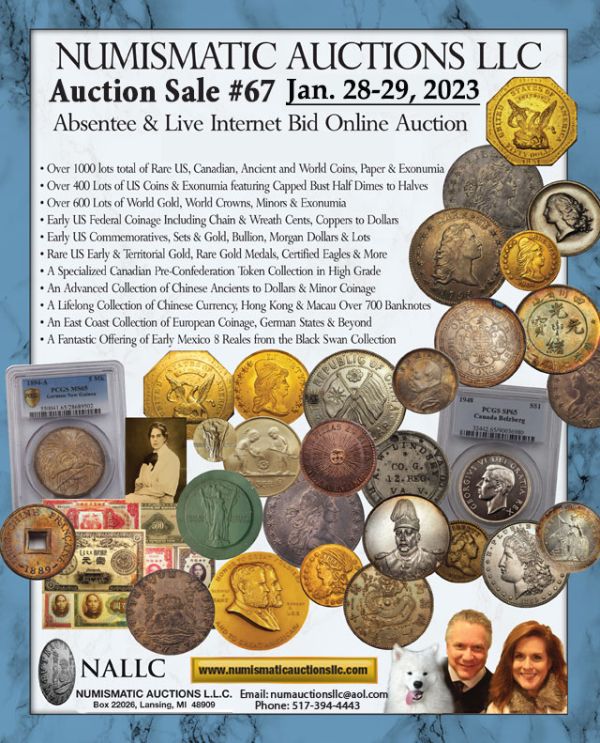
PREV ARTICLE
NEXT ARTICLE
FULL ISSUE
PREV FULL ISSUE
VIDEO: SLAVE BADGES, VERMONT COPPERS, SPONSIANIn the age of YouTube and Zoom, numismatic videos are far more common and available today than back in the 1980s when David Lisot did his pioneering videography. Here are just a few to consider watching this week. -Editor
John Kraljevich, Slave Badges and Dog Tags
In the whole realm of material culture, very few objects can be unquestionably ascribed to the possession of African-Americans before 1865. However, in spite of the overall rarity of these sorts of items, two significant groups of intensely personal objects can be classed as
On Saturday, December 10, 2022, ANS Fellow John Kraljevich presented the first Stack Family Lecture on American Numismatics, entitled,
To watch, see:
The History of Vermont Copper Coins, 1785–1788 Jesse Kraft, Resolute Americana Curator of American Numismatics, American Numismatic Society
Dr. Jesse Kraft is the Resolute Americana Assistant Curator at the American Numismatic Society where he oversees the collection of coins, tokens, medals, and paper currency of both North and South America. He is an expert on monetary circulation in early America and routinely gives lectures on the topics. He is on the Editorial Committee for the Journal of Early American Numismatics, and has a forthcoming book on the circulation of foreign coinage in early America. John Mutch passed this along from the e-mailing list of the Vermont Historical Society (his ancestors lived in VT). It's a live Zoom presentation January 11 @ 6:00 pm - 7:00 pm, but hopefully it will be recorded. -Editor
To purchase tickets, see:
Sponsian's Coins Revealed Martin Purdy writes: "This clip from a British numismatist puts forward a very convincing argument for the origin of the "Sponsian" gold coin. I don't think anyone had mentioned the mismatch of design elements, or that the reverse was actually based on a Roman republican issue!" Thanks - interesting. -Editor
To watch, see:
Wayne Homren, Editor The Numismatic Bibliomania Society is a non-profit organization promoting numismatic literature. See our web site at coinbooks.org. To submit items for publication in The E-Sylum, write to the Editor at this address: whomren@gmail.com To subscribe go to: https://my.binhost.com/lists/listinfo/esylum All Rights Reserved. NBS Home Page Contact the NBS webmaster 
|
